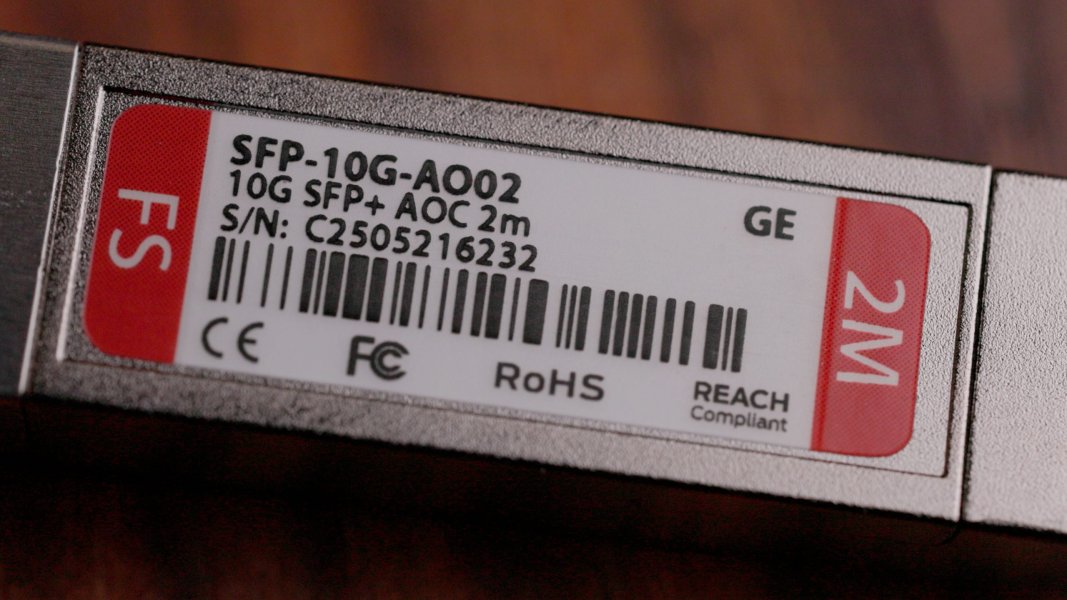
Since 1989, MSB Technology has been at the forefront of digital-to-analog playback, continually advancing the pursuit of uncompromising music reproduction. As the industry has grown in scale and complexity, our commitment to precision engineering and innovation has remained constant.
In this presentation, Daniel Francis, Industrial Designer at MSB, explains the specifications of MSB’s fiber optic system—and some product recommendations for unlocking the full performance potential of your MSB DAC.
MSB Fiber Connections
This technology can get complicated fast, so please watch the entire video or read this entire guide all the way through before experimenting with your MSB equipment. Your DAC could be permanently damaged if the wrong cabling is used. There are a lot of names and technical configurations we will be discussing, so please check the “Cable Specifications” portion of this guide before purchasing any cabling to ensure it will be compatible.Our ProISL and Cascade fiber link is not Ethernet. It is not based on fiber ethernet protocols in any way. And it runs at much lower power levels than fiber ethernet interfaces. Plugging ethernet fiber into an MSB product can burn out the optical receivers and will require replacing the SFP modules.
We use SFP fiber technology as a physical platform, but the data and the way we use it is completely unique to MSB. Pro ISL protocols are entirely different from the link between Digital Directors and their Analog Converters. There is absolutely no room for experimentation on gear configurations. Only use as intended and labeled.
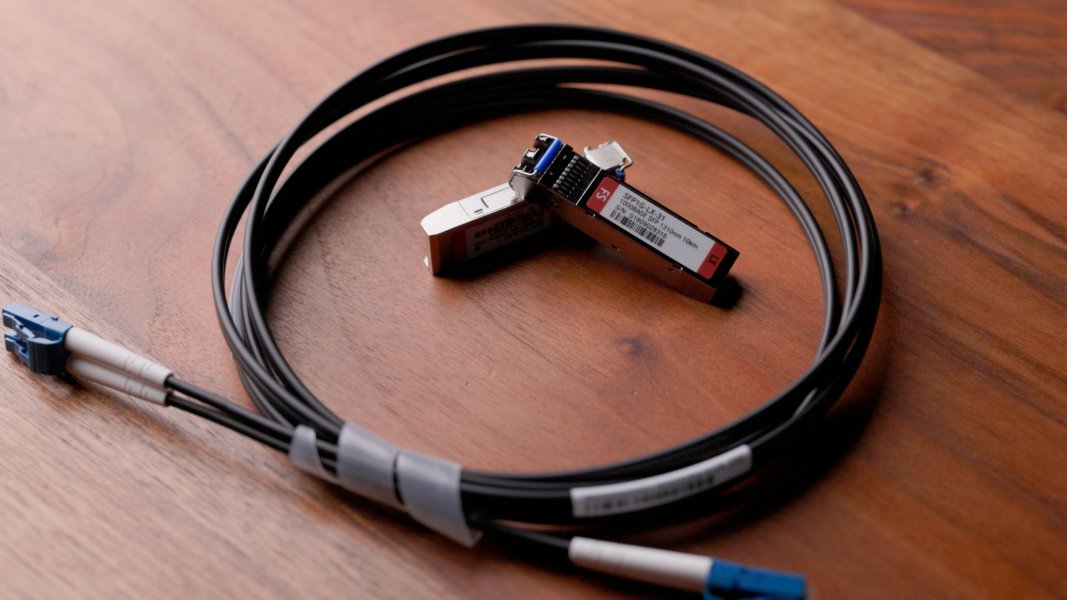
Standard SFP Modules and Cables
Fiber SFP modules are hot swappable. That means you can experiment without powering off equipment, but you must exercise basic ESD precautions. Before touching the SFP module, always ground yourself to the chassis with your other hand.Let’s first explain the stock configuration. Every DAC ships with two matched single-mode SFP optical modules, already installed. There will be a single-mode duplex LC fiber patch cable to connect them. This is a tried-and-true reliable system. You can plug and unplug this fiber cable almost indefinitely, and if any part wears out, it’s easy and inexpensive to replace.
But it does require some care.
When handling SFP modules and fiber cables:
- Make sure the connectors are clean and free of dust.
- Always push the cable in until you feel the click.
- And double-check the latch on the module is closed. Leaving it open can cause grounding issues.
For removing these fiber cables, depress the plastic locking clip and pull the cable. When inserting the cable, make sure the lock audible clicks into place. Make sure it is firmly seated.
To change out the SFP modules, swing the removal lever out. This will disengage the locking mechanism and allow the SFP module to be pulled free. Pull the module out by the lever arm itself, not the body. If the SFP module is unlocked correctly the module should slide out easily with little to no effort. If it seems stuck… DO NOT force it. It is likely still locked in place. When inserting a new SFP module, make sure it is firmly inserted, then close the lever arm into its stored position. If this lever is left open, it can short the isolated connection to the chassis and will prevent the DAC from working.

Pull the SFP Module out by using the release lever.
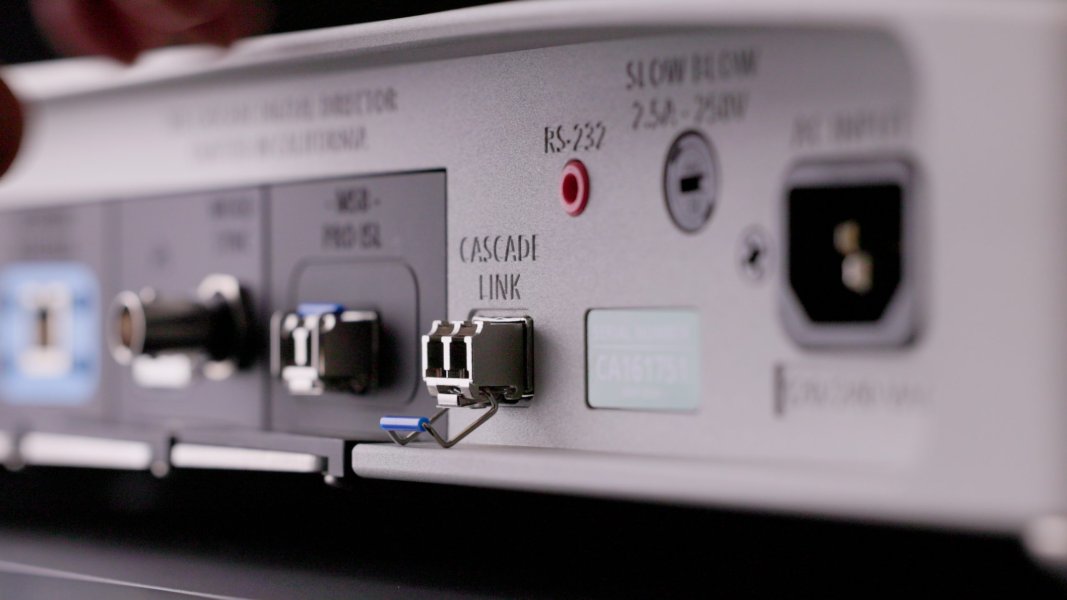
DO NOT leave the release lever unlatched.
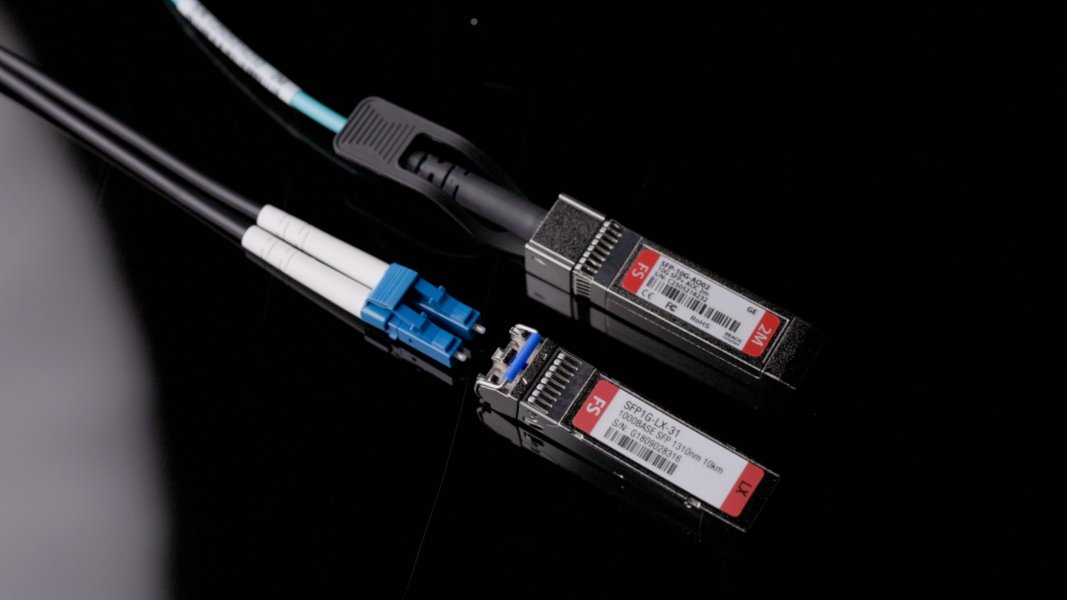
Benefits of AOC
At MSB, we’re always exploring ways to reliably push performance through technology advancements. As it turns out, AOC connections show a lot of promise. Our DACs rely on fiber because it gives us total galvanic isolation with seemingly infinite cable lengths all while providing extreme data bandwidths.The stock setup we ship with works very well as a reliable reference. But, like many of you, we’re curious — is there a way to get just a bit more out of an MSB DAC?
That’s where Active Optical Cables come in. An AOC combines the fiber cable and the transceivers into one closed system. No separate modules. No separate cable. A closed and perfectly matched system.
The simplicity of this system is key. You remove extra junctions with no mismatched parts, no dirty fiber ends, no half-seated connectors. This matched system can run at twenty percent reduced power consumption achieving further benefits with a lower noise floor. The cable itself is tuned for the specific laser light wave length and cable length and doesn’t need to overcome any air gaps.
While the results may vary somewhat by a listener’s system, the overwhelming response of our beta testers have consistently reported significant improvements using AOC on the Cascade DAC and Digital Directors alike.

AOC Cables
Every time you remove and insert the cabling, you are wearing out a direct connection on the PCB motherboard itself. That means the wear point shifts from the removable and replaceable SFP modules to the motherboard. If worn out to an unreliable state, the motherboard will need to be replaced on both the Digital Director and Analog Converter. This will NOT be a warranty repair.The sockets are only rated for a few hundred plug cycles. Depending on the SFP module, it could be as few as 200 to 300 insertions. For any home installation, this will not be a concern. If the system is installed and infrequently moved you will never run into this issue.
This is a severe warning for dealers, demos, and the enthusiast who wants to constantly experiment and A/B cabling in their system. It is a lot of insertions, but we want to make sure you are very aware of the potential cost when and if there is a related failure due to excessive insertions. We don’t want to scare you off from trying AOC, as the sonic benefits are well worth it for long term use.
To change out the AOC cable, simply pull on the integrated release tab. This will disengage the locking mechanism while the SFP module pulls free. When inserting a new AOC cable, simply make sure it is firmly inserted and latched in place.
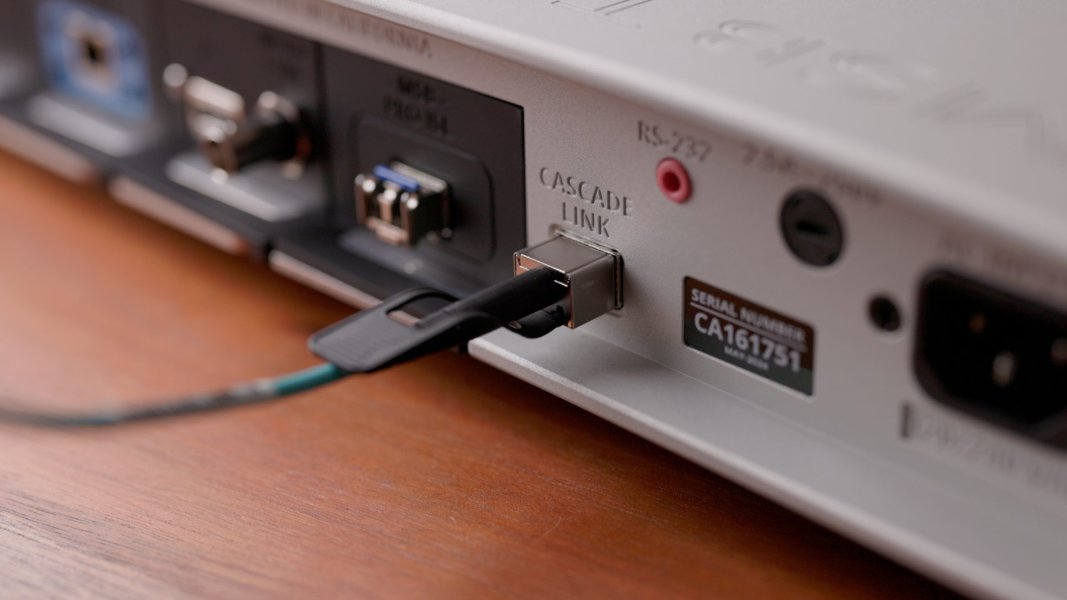
Make sure the AOC cable is FULLY seated when installed.

Pull the release tab to remove the AOC cable.
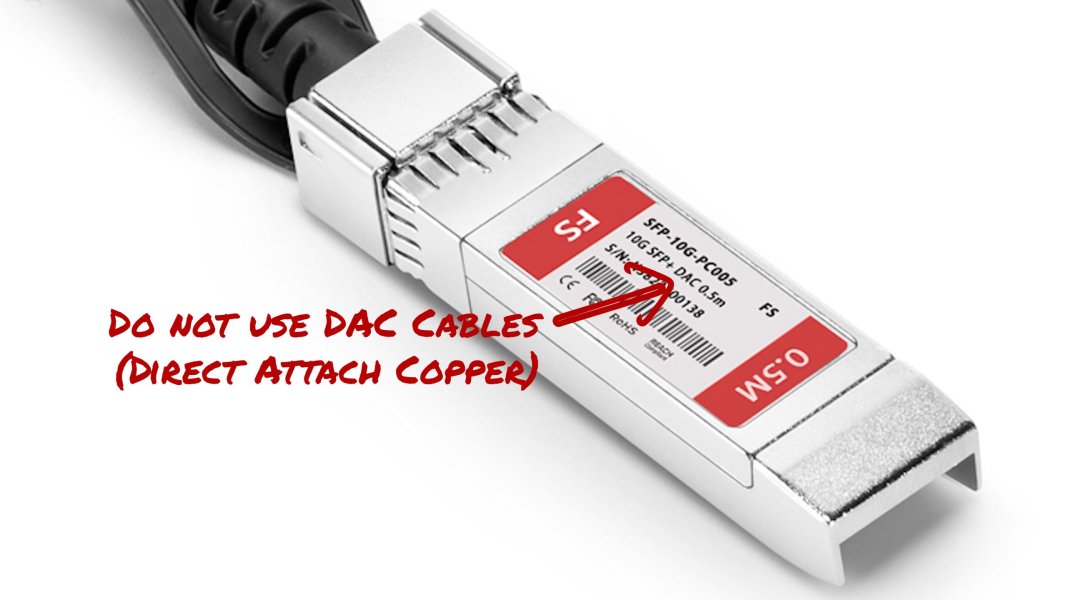
DO NOT Use the Following Cables - DACs and Passive Cables
Do not use Direct Attach Copper cables — often called “DAC” cables.They may look similar to AOCs, but they bypass isolation, can carry electrical noise, and will damage your DAC’s motherboard.
Another cable to avoid is called a “passive” cable. This is a hardwired version and will similarly damage the product.
MSB products are designed specifically for optical cables/transceivers only.








